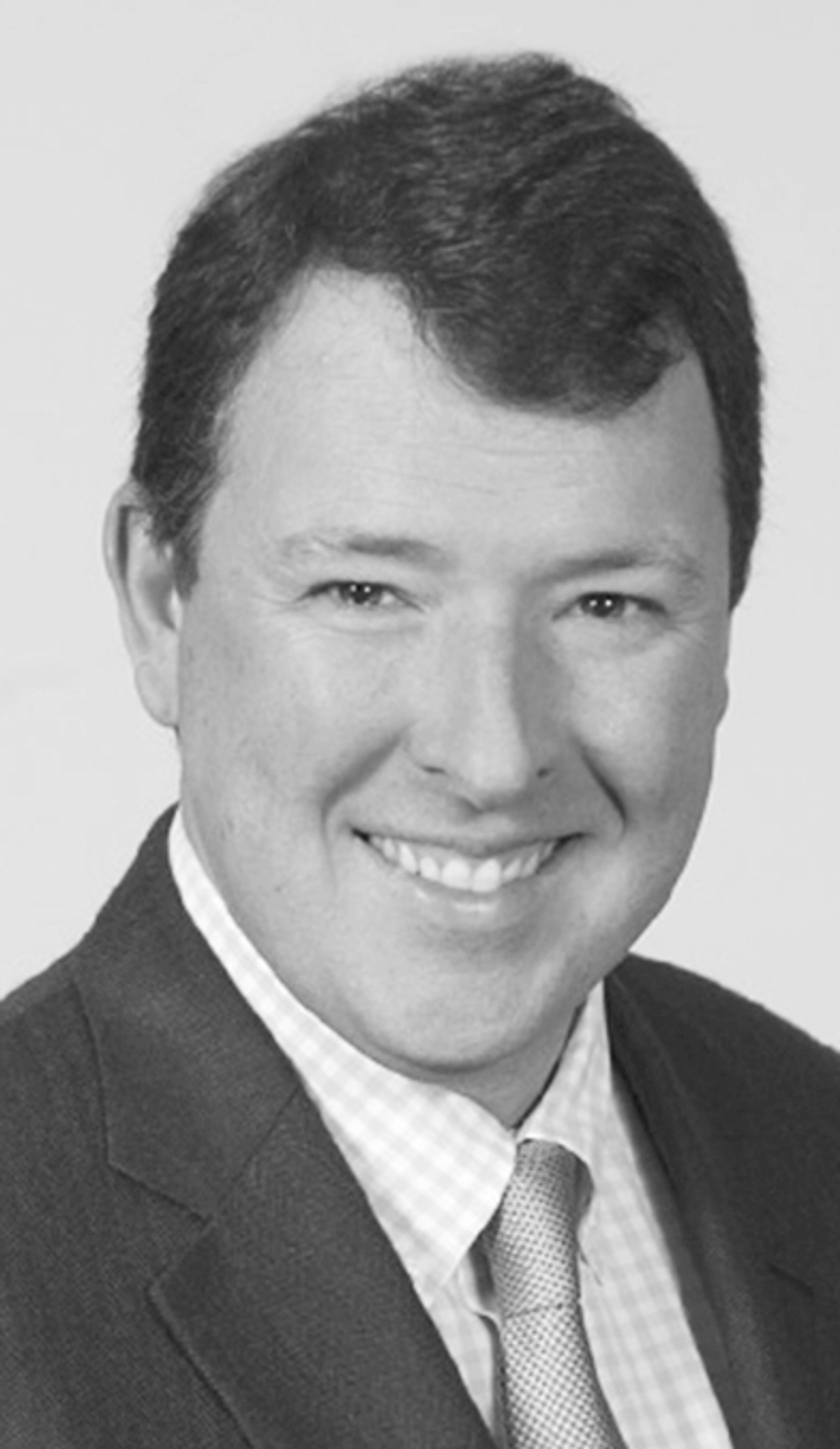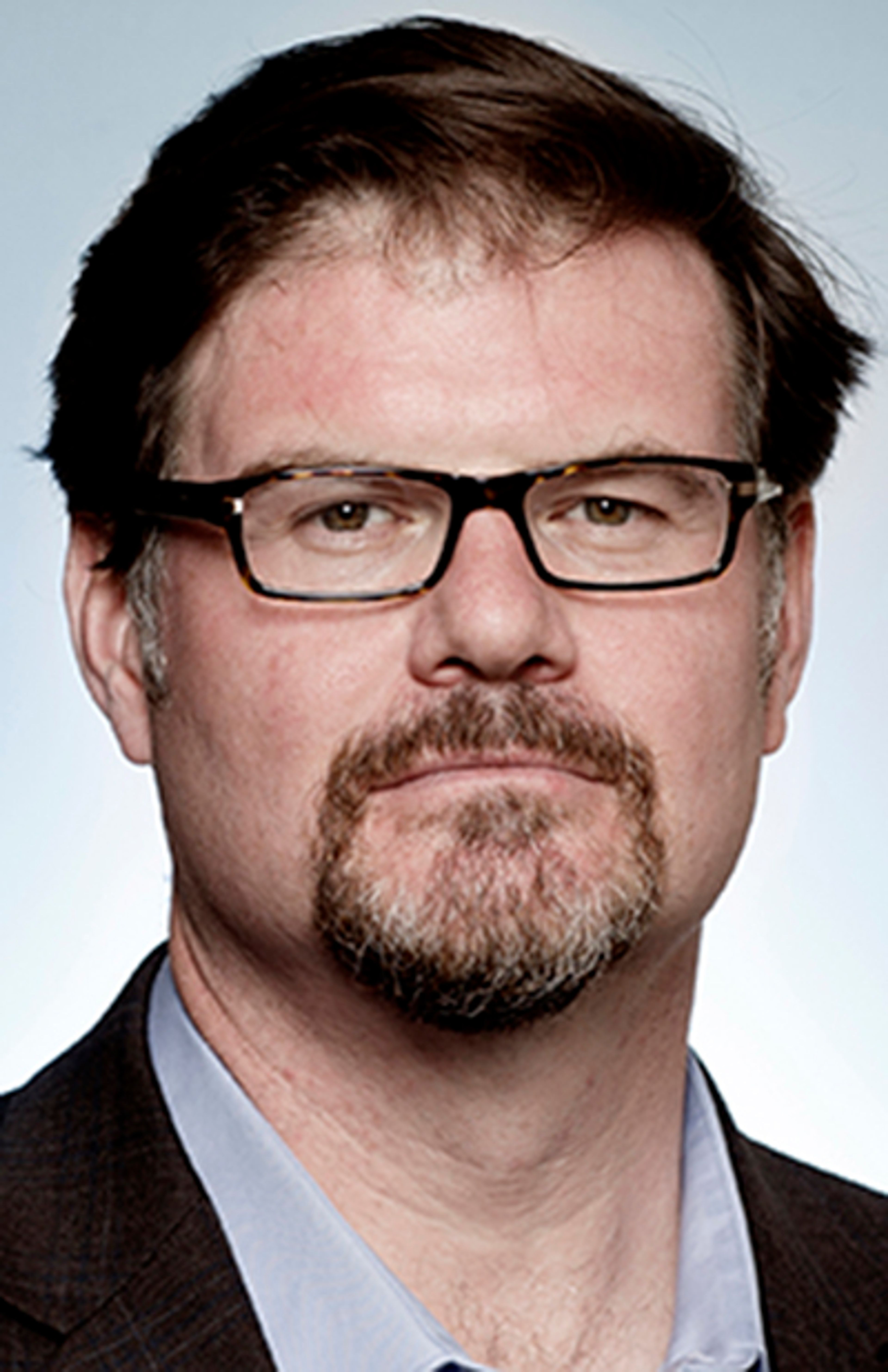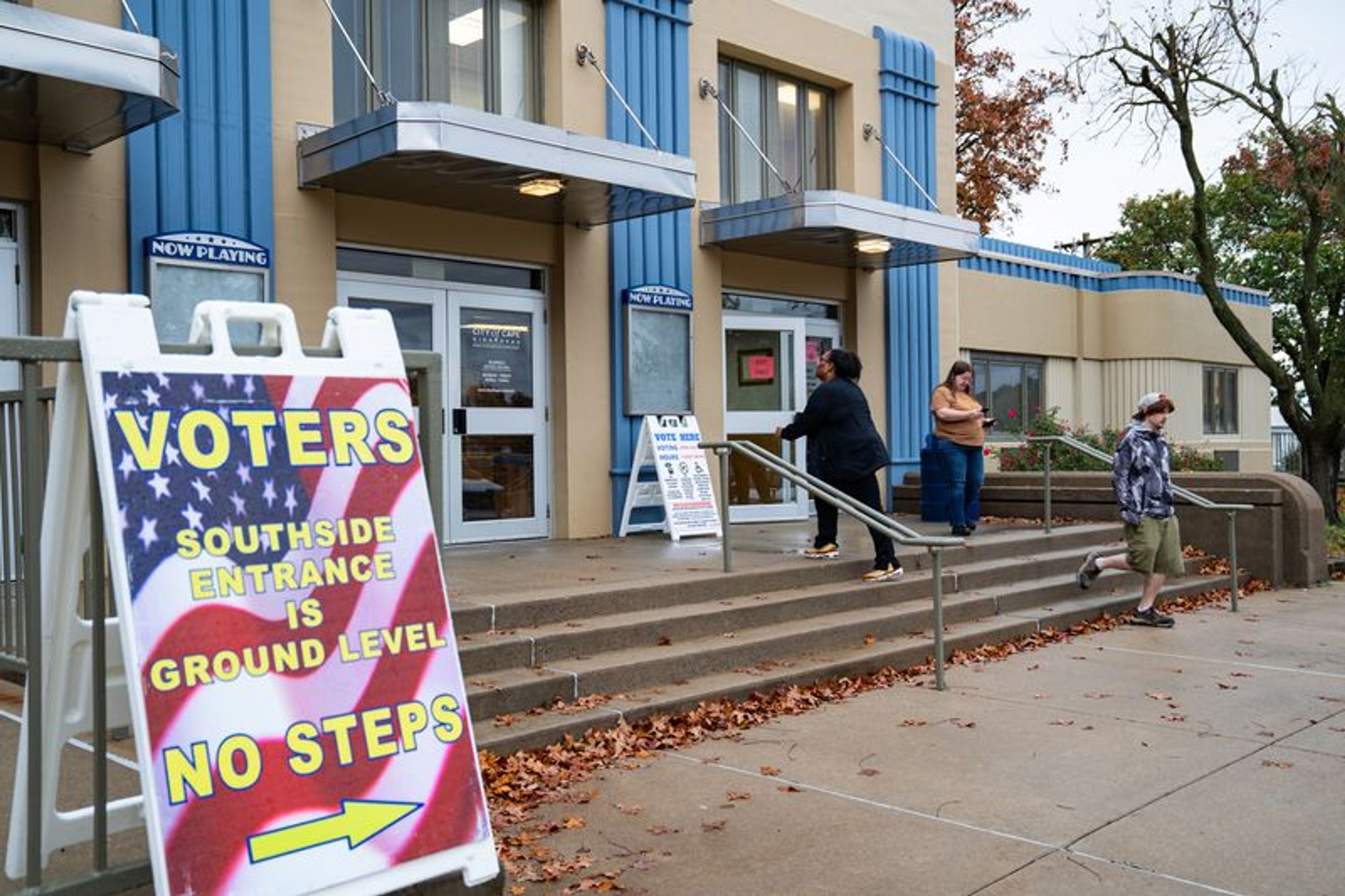Inside Cuba - Lectures, criticism from officials
Wendy and I spent a week in Cuba earlier this month as part of a group of Inland Press Association editors and publishers. Previously, I gave an account of some of our first impressions and a bit of history as well as review of the Cuban missile crisis. I also started a recap of our itinerary. In this segment, I'll continue my account of our busy itinerary during the trip. ...
Wendy and I spent a week in Cuba earlier this month as part of a group of Inland Press Association editors and publishers. Previously, I gave an account of some of our first impressions and a bit of history as well as review of the Cuban missile crisis. I also started a recap of our itinerary. In this segment, I'll continue my account of our busy itinerary during the trip.
Feb. 28:
2 p.m. Meeting with Pedro Alvarez, the director of Alimport at the Ministry of Foreign Trade. He and many of the Cuban officials had met or were familiar by name with Southeast Missouri's congresswoman, U.S. Rep. Jo Ann Emerson.
We got lectures here and at most of the meetings that the United States should open up Cuba for the tourist trade and credit sales of farm goods.
It was also standard to be criticized or questioned about our reporting of the influences on our government by what they called the Miami Cuban mafia and Radio Marti. U.S. broadcasts to Cuba were said to spread lies to the Cuban people about the Elian Gonzales case and other matters of interest to Cubans.
Alvarez said the U.S. blockade affects the price of food greatly because of the higher prices, interest rates, and shipping charges from Russia, Europe and elsewhere.
Current U.S. law allows for some food imports. The Burton-Helms bill passed in 1996 and signed by President Clinton specifies, according to Alvarez, no financing on sales to Cuba, Cuba cannot export to the United States, no U.S. tourism to general revenue, ships stopping at Cuban ports cannot use U.S. ports for six months and other countries cannot use U.S. dollars in transactions with Cuba.
Many Cubans in Miami oppose trade with Cuba as they say it will support and extend the Castro regime. No good answer was given to us to this question: Will the poor Cubans get access to imported food at low prices?
Some $35 million to $40 million of U.S. food was purchased from the United States after Cuba's worst hurricane in 50 years two years ago. The United States offered the food free as humanitarian aid, which Castro rejected. But he authorized the purchase.
Another common experience at these government meetings was to ask a question and get a speech in response. While we were in Cuba, Barry McCaffrey, who was President Clinton's drug czar, had a 12-hour meeting with Castro.
6:30 p.m. We had dinner on our own and a free evening to explore Havana. Wendy and I ate in the hotel and at 8 p.m. attended a performance of the Cuban National Ballet, which is directed by Alicia Alonza, Castro's friend and a former prima ballerina. The current top-selling Cuban perfume is named after her.
The ballet is in an old but beautiful theater with five rows of Italian-style balcony levels. The ballet has excellent young dancers. The first half of the dancing was to recorded music. After intermission, the second half was staged for the general populace and was more of a storied folk dance that misused the dancers skills. This was done with a 30-piece live orchestra.
Admission to the ballet was $10 each. Our guide said the Cubans paid 30 cents each.
March 2: We took a two-hour flight to Santiago, Cuba.
11:05 a.m. We arrived, toured the city and had lunch at a Cuban restaurant overlooking the ocean and Moncado Fort. We checked in at the Melia Santiago Hotel, which is very modern and expensive. Most tour groups stay here.
At all downtown locations, people stopped us to ask for money. They were very persistent and generally under 15 year old or over 70 years old.
4 p.m. We met with 12 of the 18 journalists of Sierra Maestra, Santiago's local newspaper.
There were only eight pages printed as the paper didn't have the money to buy newsprint. However, the paper was overstaffed. It is a government-owned, 50,000-circulation weekly downsized and reduced from daily after Russian subsidies were stopped in 1990.
At all three of our meetings with journalists when we asked if they reported items negative to the government, they said they "reported what the people needed to know." When asked why they ran no ads, they said because "it would create wants by their readers that they didn't need."
Other common responses to questions at different meetings:
"Cuba is very happy and satisfied with Castro and we don't want anyone telling us to change."
"Anyone in Cuba can go to the U.S."
(However, the United States will only let 20,000 Cubans come to our country annually on visas permitting them to stay. In a lottery five years ago for the first 20,000 visas, 550,000 Cubans signed up. The United States will issue temporary visas.)
The journalists in Cuba have a union which they say is not controlled by the government. And the journalists claim they have full access to the Internet. Upon questioning, it was learned this access was somewhat screened. A number of Cubans are illegally getting on the Internet with satellite hookups.
We met with some journalism students and professors and learned little, except they said there is a shortage of journalists. Later, editors of Cuban newspapers and magazines said financial pressures since Russia pulled out had caused them to reduce the size of their products and to shift 1,000 reporters to radio. Apparently they couldn't fire or lay off anyone whether needed or not.
8 p.m. We took a cab to a baseball park to see the No. 1 team in Cuba (Santiago) play. This is triple-A quality baseball with a large crowd. Drums played during the game. Their "Mark McGwire" hit a 500-foot home run, and we saw two 93-mph pitchers. It was a great experience.
March 3: We took a bus to Guantanamo, where we toured the city and spent time in the city square (Wendy watched young girls practice a May Pole dance). All government stores had checkout security. They were very poor people but very clean and friendly. Many of them rode bicycles.
We drove to Guantanamo Bay hill for lunch. Wendy used a view scope to see the U.S. Navy base at Guantanamo (Judge Al Seier of Cape Girardeau spent six summers stationed at Guantanamo from 1952 to 1958 when Batista was in power and Castro was hiding in the mountains outside Santiago).
Let's keep this base. It was obtained in a treaty which can only be broken if both sides agree. This is where some of the Taliban and al-Qaida prisoners are being kept.
Thousands of land mines placed by the Cubans and U.S. military assures keeping the prisoners and American military personnel in and prevents Cubans from trying to get onto the base. They'd be sent back if they did. Castro has said he would send back to the U.S. any Taliban prisoners who might escape.
4 p.m. We visited a Civilian Defense Revolution block party in our honor. There were about 80 people in two Russian-style deteriorating high rise apartment buildings in a complex of at least six total buildings.
These block-by-block organizations were established by Castro in 1960 after a bomb explosion. There are two views of these groups: One is for keeping track of any anti-Castro dissidence or activities. The other is as most Cubans probably perceive them: Volunteers who clean the neighborhood, take care of fires, fight mosquitos, donate blood, recycle goods, establish good-neighbor relations and get out the vote (98 percent of Cubans vote, although there is only one candidate and one party).
Our group was treated to some very delightful cultural activities.
A 12-year-old girl sang a song. A 4-year-old read a poem. A 12-year-old boy sang. A 7-year-old poet recited poems. Two girls performed magic tricks. The master of ceremonies, a 15-year-old girl, spoke English.
Then we were offered food, a flag and a flower. Though she doesn't speak Spanish, Wendy was surrounded by about 15 young children who were thrilled by her smile and animated manner.
I sang the chorus of a song I'd heard with three musicians. Later I found it was a famous Spanish Communist song. All in all, it was a delightful experience.
We visited San Juan Hill in Santiago, which is remembered by Americans as the place where future president Theodore Roosevelt cloaked himself in glory by leading the charge of the Rough Riders against the Spanish who governed Cuba at the time.
Next: Back to Havana.
Connect with the Southeast Missourian Newsroom:
For corrections to this story or other insights for the editor, click here. To submit a letter to the editor, click here. To learn about the Southeast Missourian’s AI Policy, click here.








